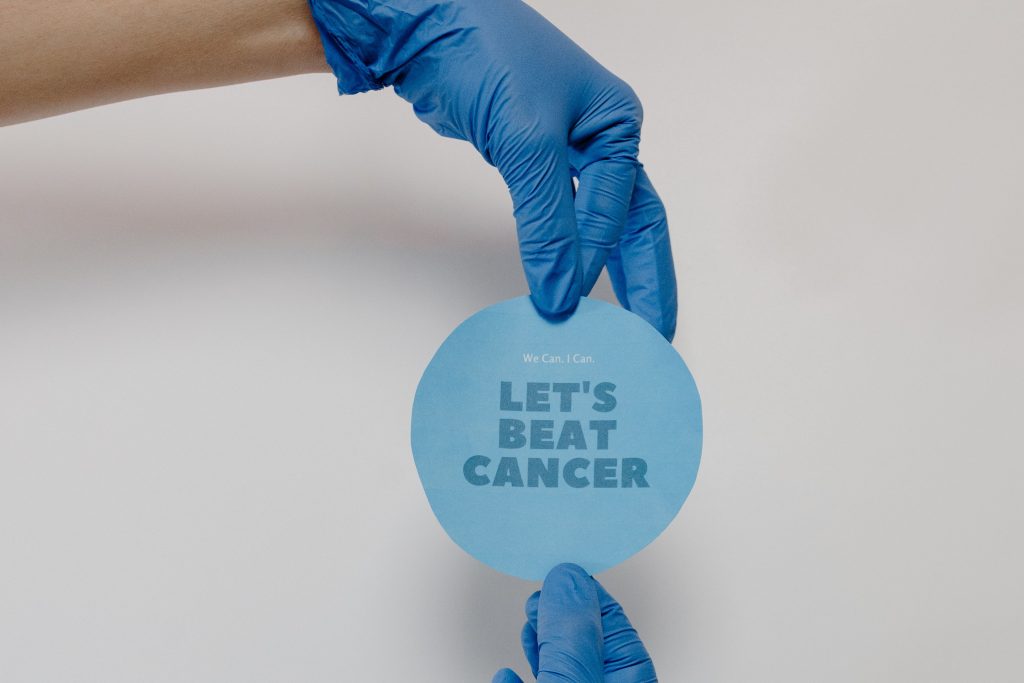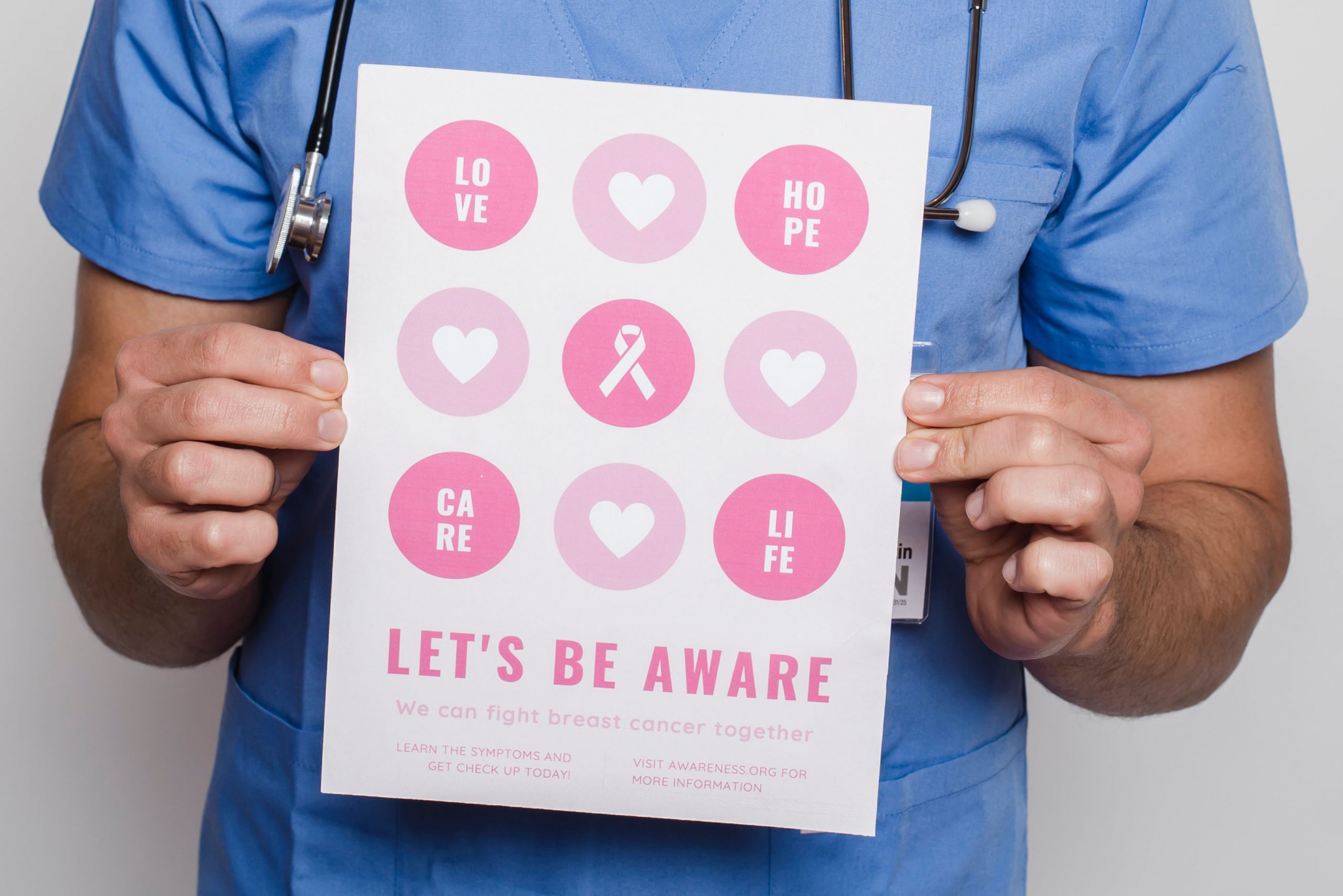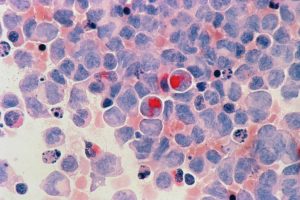Two weeks ago, a 77-year-old man [name not disclosed upon request] started having backaches, and his arms felt heavy. Upon further inspection, he noticed a lump on his chest. With some discretions and hesitations, he shared the problem with his daughter. Worried it might be something problematic, she then took him to Nepal Cancer Hospital and Research Center, in Harissidhi of Lalitpur.
Within a week the lump was operated on and taken out. Now, he is recovering without any discomfort. What the septuagenarian had was a kind of breast cancer but was very lucky because of the early detection.
But, not everyone might be that lucky. This is because breast cancer in men is rather aggressive and the risk always looms over them whereas the majority think it is a women’s problem only, says Kapendra Shekhar Amatya, the head of the Surgical Oncology Department in the Harisiddhi-based hospital.
Understanding the problem
Generally, breast cancer is thought to be a women’s problem. While that is true to a large extend, men are not untouched by it. “Worldwide, one out of 10 men have reported having this problem, but women easily outnumber the cases. The numbers are similar here [in Nepal] so far. In Nepal’s case, we do not have the right study to determine the exact number,” says Amatya.
Although the number of men suffering from this problem might be negligible, Amatya says it is a grave problem that kills people in a short time. “The number of men here is less, but cancer in men aggravates and gets worse [from stage 1 to 3] too earlier than in women,” he says, “One of the early signs of cancer is lumps or cysts, and the detectable ones are 1 to 2 cm. But, when one detects cysts or lumps in men, many times, it is already too late. In women, the progression is rather slow with a higher chance of being detected.”

Because of this reason, Amatya says there is more need for men to recognise that breast cancer can be a problem for them as well. “Some 90 per cent of the breast cancers reported are in the duct, which is called ductal carcinoma. In men, these cancerous cells metastasise rather quickly because the breast tissues in men are fewer in comparison to women and then it invades other organs too, commonly the pancreas, colon, lungs, and bones. When men report cancer, we have to move forward, thinking it has already affected other body parts.”
Among those who have reported the problem are commonly older men of 50 and above. Amatya here explains, “Older men are more susceptible to breast cancer because, with age, the testosterone level in them decreases. The testosterone level suppresses the estrogen and progesterone hormones and with that suppresses the risk of cancer in men.”
But, this does not eliminate the risk that young men will not be a victim of breast cancer.
Breast cancer threats are also growing in transwomen who undergo surgeries and take hormones to develop their body parts. “But this, in Nepal, is not known or studied yet. We still need time to draw a conclusion,” says Amatya.
“Apart from the hormones, genetics, inactive and unhealthy lifestyle can invite the problem,” he adds. “The consumption of alcohol and regular smoking can increase the threat.” The 77-year-old cancer survivor mentioned above had a habit of smoking and drinking too.
Early detection is key
“Cancer cells anyway impose a greater threat as it grows, shifts and reoccurs in living beings. But, it is more problematic because there is no vaccine or premeditated medicines yet to prevent them from forming,” Amatya says, “Also, breast cancer cells form because a cluster of genes is stimulated but which gene is targeted and how to prevent them has not been identified yet. So, all we can do right now is do a regular check-up, either self-examination or clinically, and detect them early.”
Some of the signs that one can look for is any kind of changes in their body, skin spots or skin changing colours, change in breast shape or size. “You can do the self-examination for lumps; it is similar to that for women. You can have a trained health worker to do it for you as well. But, the best way to find it is a regular ultrasound and additional mammogram (x-ray) for women. For a more thorough exam, one should take an MRI,” Amatya explains.
If anyone in the family has had a history of cancer, breast or otherwise, it is a must they keep a check and schedule a regular clinical check-up to avoid the health crisis, he stresses.
He adds, “Everything we knew about diseases has changed. Some two years ago, cancer was of the top three detected diseases in Nepal. Now, it is number one and we do not know the reason why. It could be that we are extending our test perimeter and we are finding the cases; which is great. But, if it is growing on its own, it poses a risk for everyone.”

Medications
Before going for tests, many are scared of the results, with thoughts of having to live with cancer and bear the wrath of the treatment and medicine. But, Amatya says there are personalised treatments available today, and he wants everyone to understand the risks and their options.
“Every cancer is different, one medicine does not fit all. So, each patient first goes through the tests to analyse what kind of cancer they have and their stages. There are many types and sub-types, so without finding out the types, medicines are not prescribed. Treatments include oral medication, chemotherapy, radiation therapy, surgical operation, immunotherapy, hormone therapy among others.”
The majority of people can recover just with medicines whereas others may have to undergo surgery. “The survival rate is above 90 per cent, after treatment. And today, we are focusing on the post-operative life too,” explains Amatya.
He adds, “It is not enough now to just take out the cancer cells. Previously, breast cancer in women meant that they would lose their breast(s), but today, we are preserving the breasts. And we have progressively tried to preserve the sanctity of the breasts, in their shapes and sizes, and the femininity in survivor women to give them a normal life.”
What next?
To curb the risk of breast cancer, the first thing to do is spreading awareness, according to him. “In this, the media, the internet and the social media have been really helpful to spread the word. At least in the month of October, also Breast Cancer Awareness Month, we see articles, news, events and all kinds of dialogues around the topic. So people now know about the risk, and the progression has been amazing.”
“But, this is not enough,” complains Amatya, adding, “We have only been able to penetrate the urban population. The remaining population in the rural areas, where the threat of breast cancer is as cruel, is still deprived of the necessary education and access to the health care system.” This can also point that the problem regarding breast cancer in men has not even been thought of.
“For this, a team of doctors is now working with the government stakeholders to train the health workers at different hospitals and those who can go door-to-door to make people aware about the breast cancer, its related problems and medication as well as the need for check-ups,” Amatya says.























